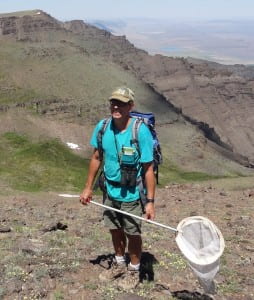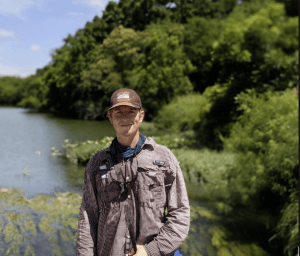Chris Nice, Principal Investigator

I am generally interested in evolutionary genetics and ecology. I am particularly interested in using genomics tools to investigate hybridization, differentiation and speciation. In addition, I have interests in the evolution of morphological and life history traits in a variety of organisms, but mostly butterflies. My lab also uses genomics tools for conservation genetics projects. These conservation projects are mostly focused on Texas Hill Country endemic species that are threatened or endangered. For more, click here.
 Dr. Kate Bell, Postdoctoral Associate
Dr. Kate Bell, Postdoctoral Associate
My research explores how evolutionary and ecological processes shape biodiversity and applies population genomic approaches to guide conservation decisions and species management for endangered taxa. My current work focuses on several species endemic to the Edwards Plateau of central Texas, including Eurycea salamanders, the Peck’s Cave amphipod (Stygobromus pecki), the Comal Springs dryopid beetle (Stygoparnus comalensis) and the Comal Springs riffle beetle (Heterelmis comalensis). I use next generation sequencing and the development of genomic resources to investigate species delineation, estimate effective population sizes, and characterize patterns of gene flow. These demographic inferences can then be used to investigate the genetic impacts of environmental stressors, such as drought. In partnership with organizations such as US Fish and Wildlife, the Texas Comptroller office and the Edwards Aquifer Association, these analyses inform evidence-based conservation strategies for the management and recovery of these species.
Robinson Sudan Ph.D. Student
 I am broadly interested in evolutionary ecology, with a particular interest in using population genomics to understand local adaptation, hybridization, and how they interact to drive lineage diversification. My PhD research focuses on mechanisms of oak diversification and their evolutionary consequences for dependent oak gall wasp communities.
I am broadly interested in evolutionary ecology, with a particular interest in using population genomics to understand local adaptation, hybridization, and how they interact to drive lineage diversification. My PhD research focuses on mechanisms of oak diversification and their evolutionary consequences for dependent oak gall wasp communities.
